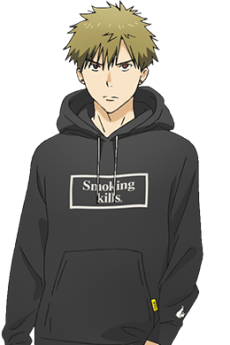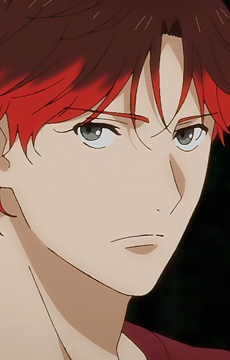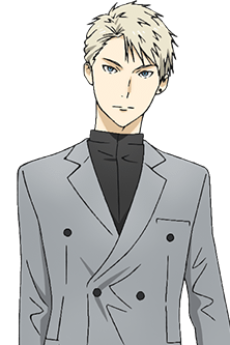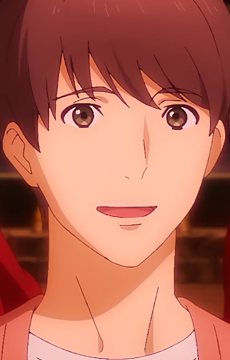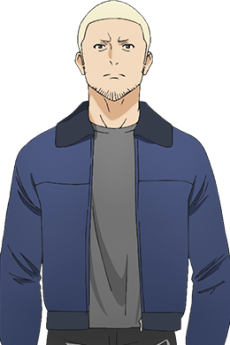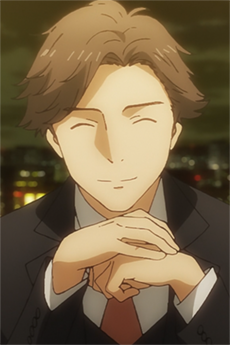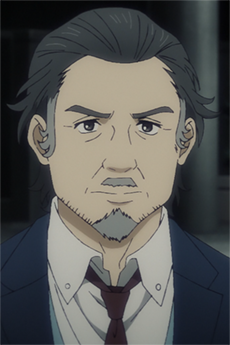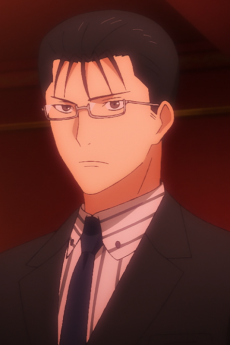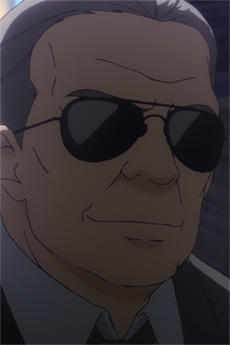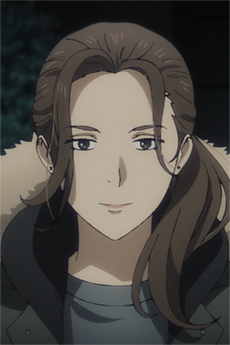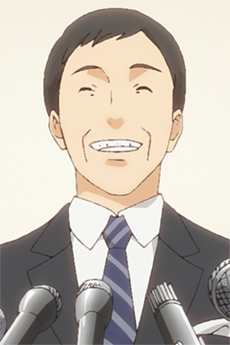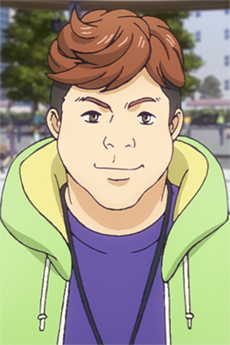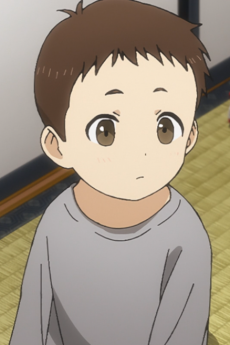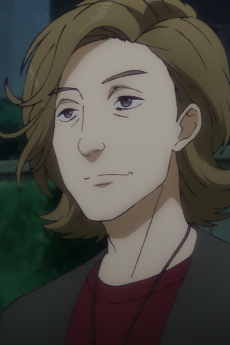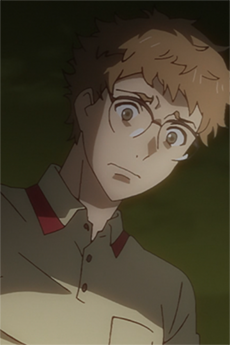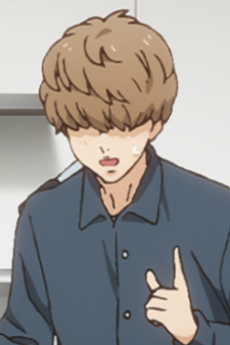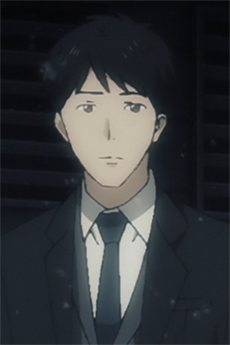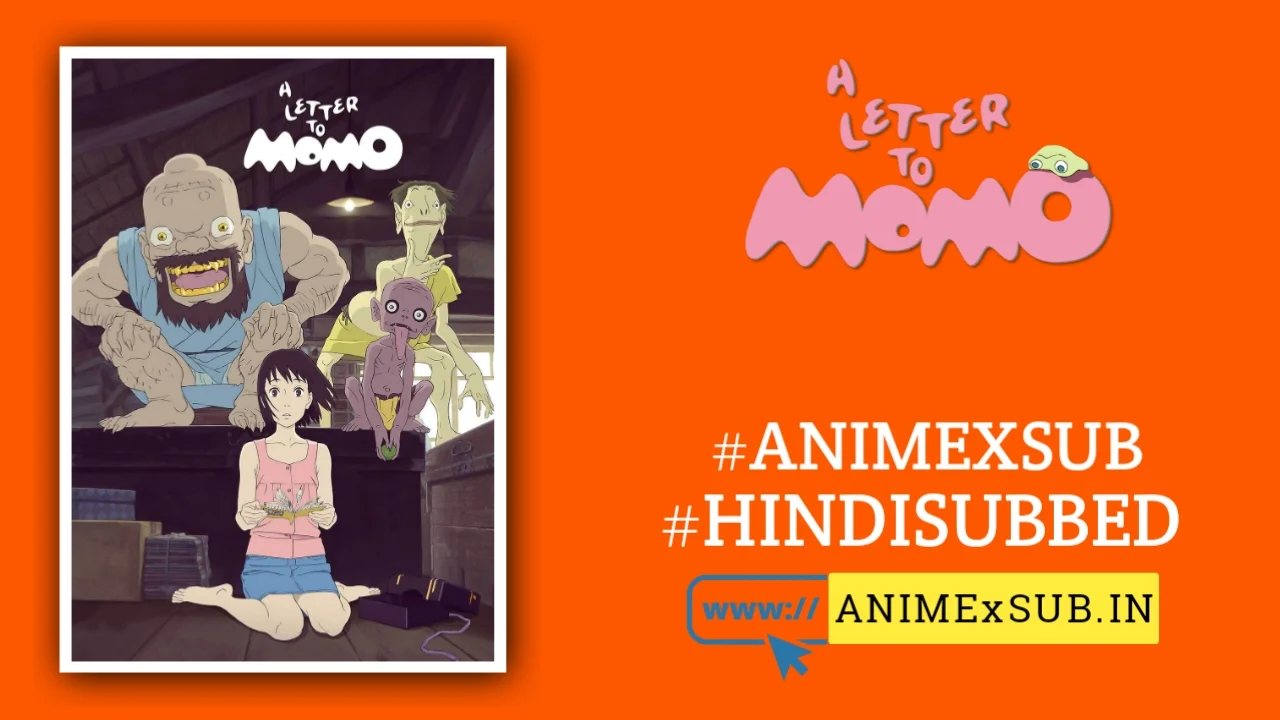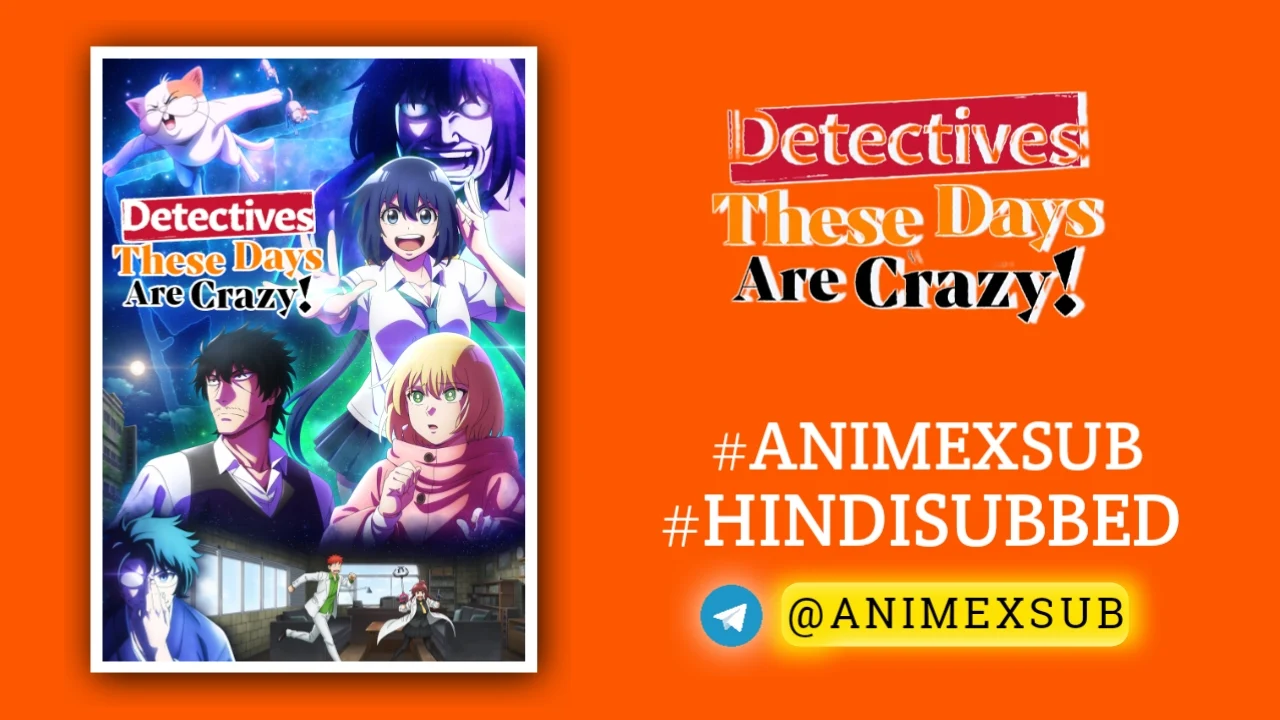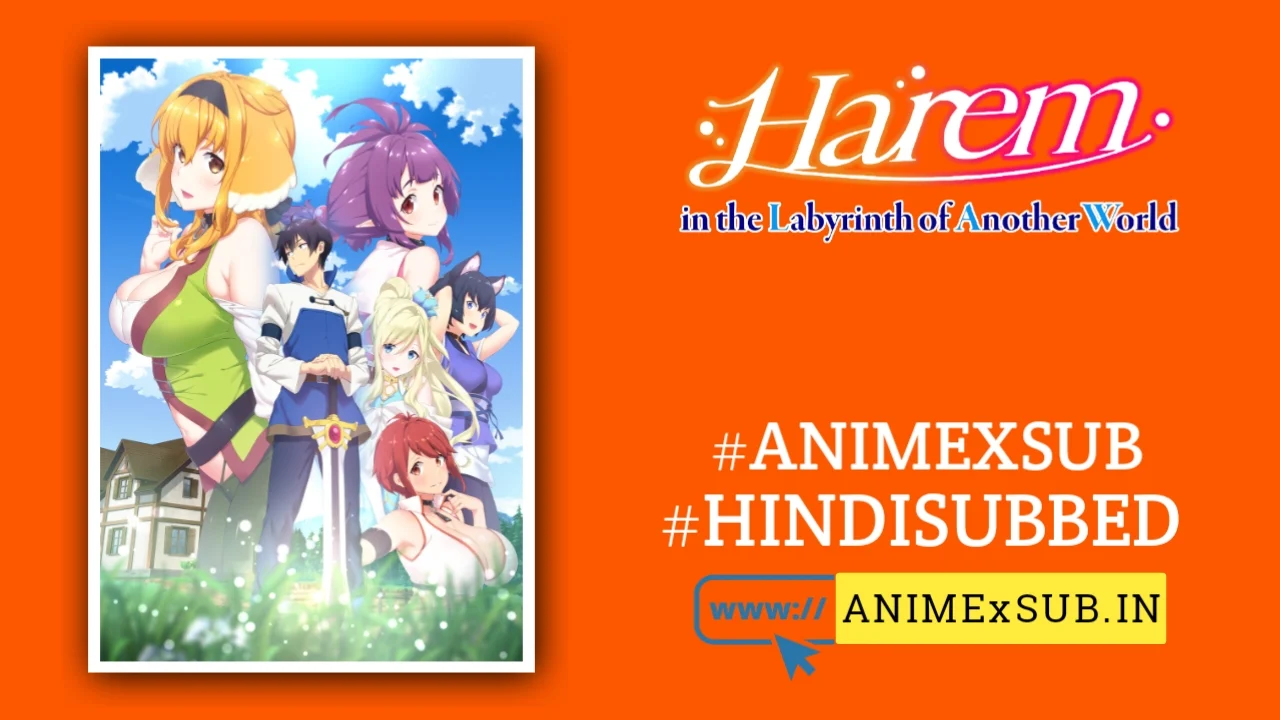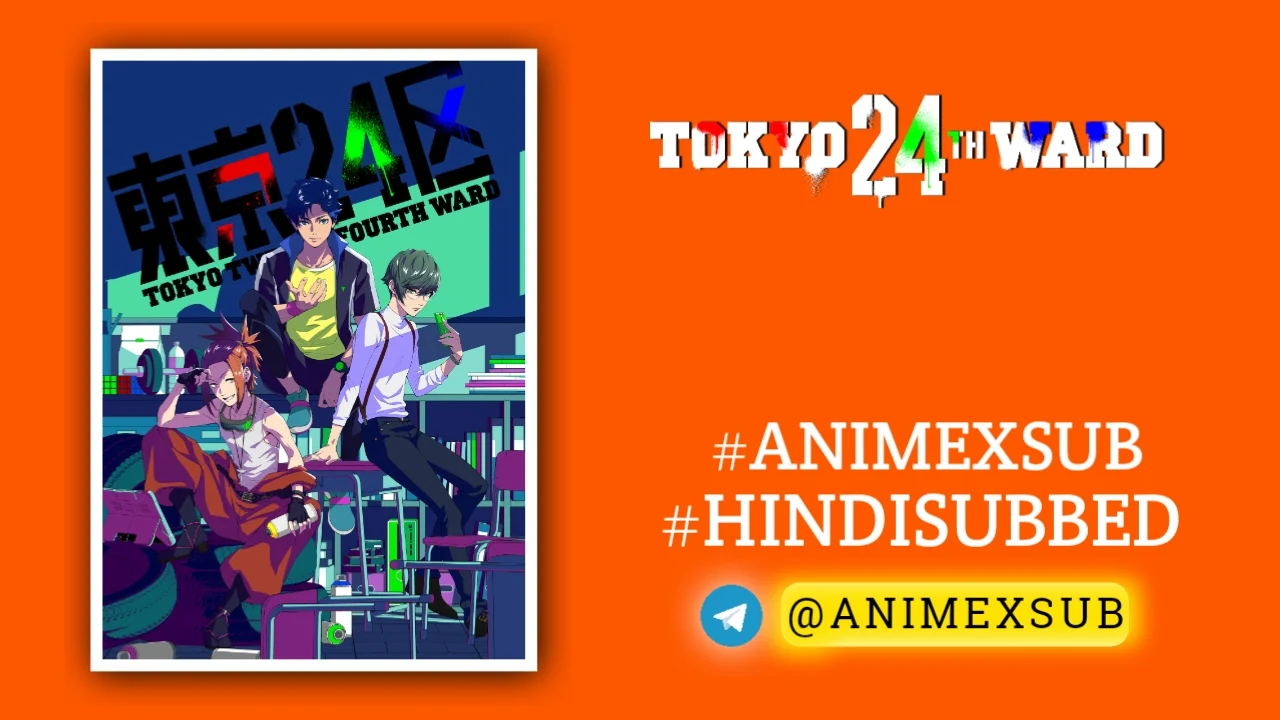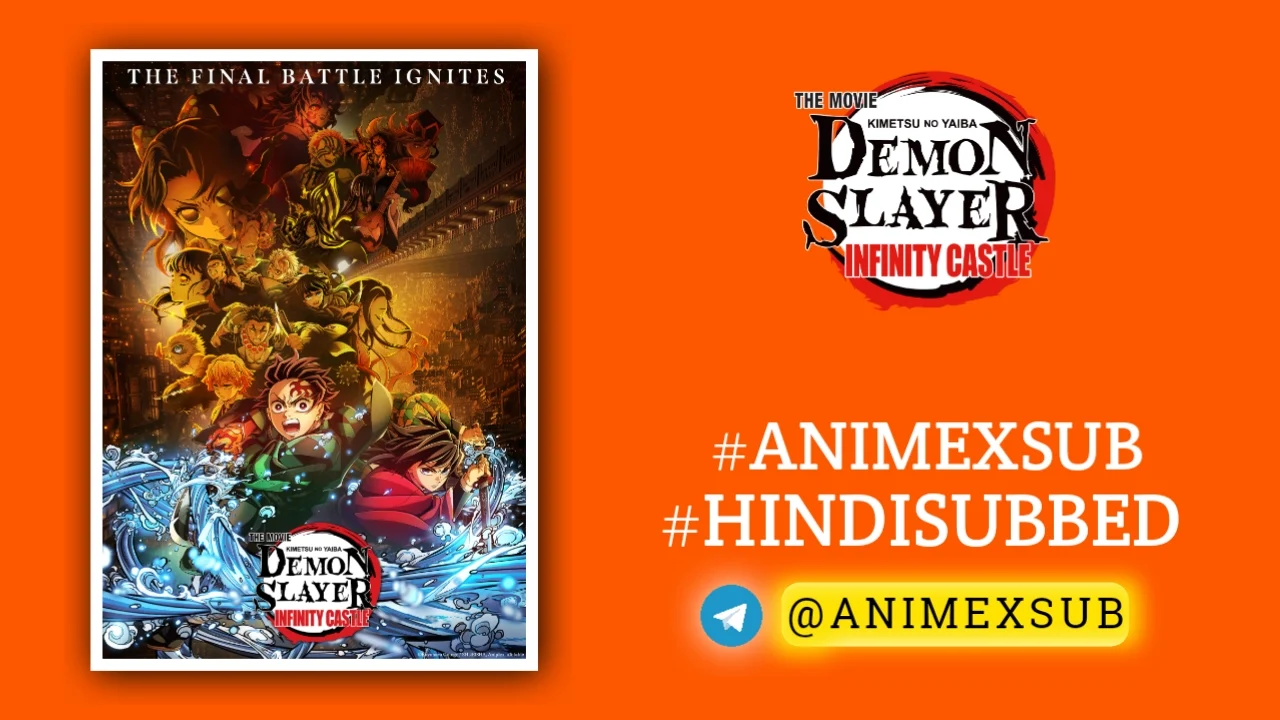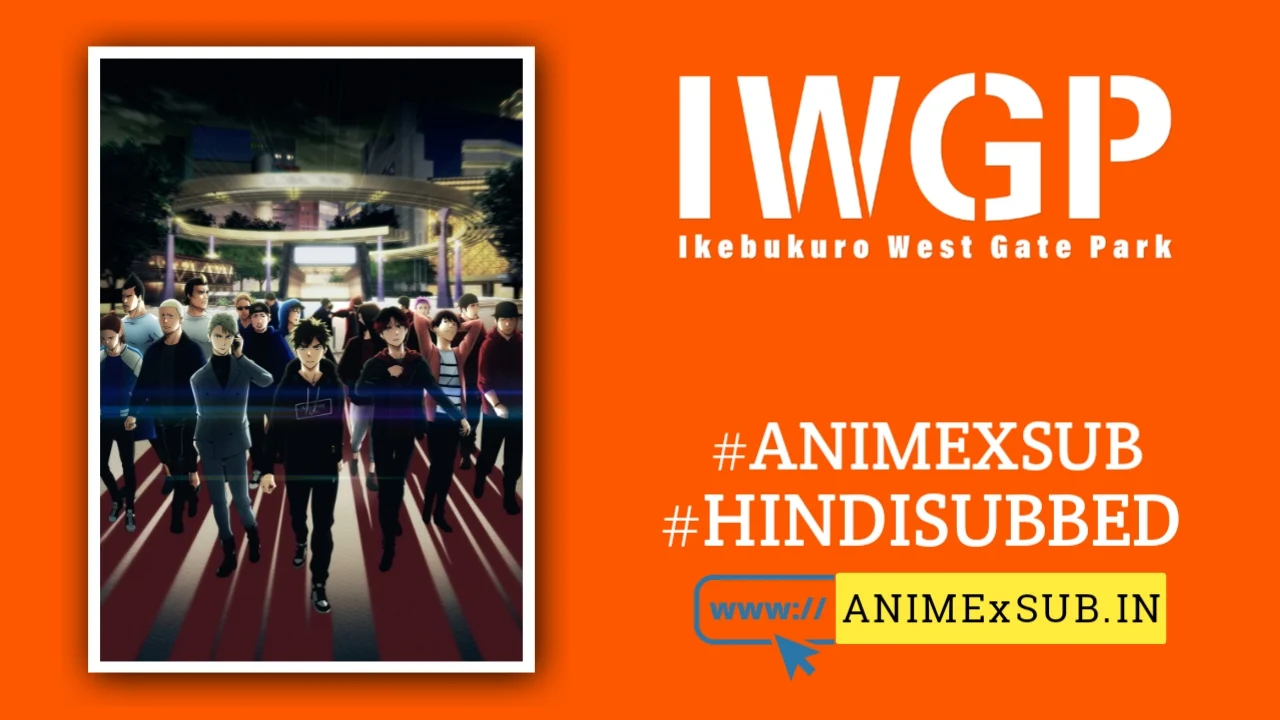
Ikebukuro West Gate Park Hindi Subbed [12/12] {Complete}
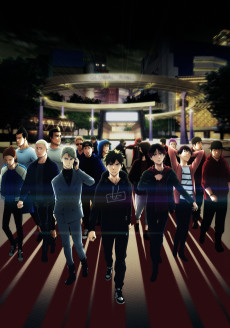
Ikebukuro West Gate Park
Ikebukuro West Gate ParkSynopsis
Based on a series of urban mystery novels. Crime-ridden Ikebukuro is a haven for violent gangs, the Yakuza, and home to Makoto Majima. To protect his friends, this charismatic troubleshooter mediates disputes among the warring factions—even fixing problems the police can’t. But when a rising tide of violence results in Makoto losing a loved one, can he ride out the storm, or will he drown in all the spilled blood that floods his streets? (Source: Funimation)
Watch Trailer
Characters
Ikebukuro West Gate Park Season 1: A Gritty, Empathetic Dive into Tokyo’s Underbelly
Ikebukuro West Gate Park (IWGP), the 2020 anime adaptation of Ira Ishida’s urban mystery novels, is a bold, if uneven, exploration of Tokyo’s seedy undercurrents, weaving a tapestry of crime, camaraderie, and social commentary. Set in the bustling Ikebukuro district, this 12-episode series follows Makoto Majima, a 21-year-old troubleshooter navigating the tensions between street gangs, yakuza, and everyday citizens. While it doesn’t always hit the mark, IWGP’s unique blend of episodic storytelling, grounded social issues, and a vivid urban backdrop makes it a compelling, underappreciated gem in the anime landscape. This review delves into the show’s strengths, flaws, and what sets it apart from typical crime dramas, offering a fresh perspective on a series that deserves more attention.
A World of Concrete and Conflict
IWGP’s greatest asset is its setting: Ikebukuro, a district pulsating with life, danger, and diversity. The anime captures the gritty vibrancy of Tokyo’s streets, from neon-lit arcades to shadowy alleyways where deals go down. Unlike the stylized chaos of Durarara!!—a series often compared to IWGP due to its shared setting and gang-centric narrative—this show grounds itself in a more realistic portrayal of urban life. The G-Boys, led by Takashi “King” Ando, and their rivals, the Red Angels, under the charismatic Kyoichi Ozaki, aren’t just gangs in the traditional sense. They’re portrayed as quasi-community organizations, offering protection and services while teetering on the edge of legality. This nuanced depiction challenges the viewer’s preconceptions of “gangs,” presenting them as both protectors and perpetrators in a morally gray world.
The show’s episodic structure, with each episode tackling a standalone case, mirrors the rhythm of a crime procedural but infuses it with a distinctly Japanese lens. Topics like synthetic marijuana, xenophobia, overwork, and the exploitative side of YouTube culture are dissected with a rawness that feels ripped from contemporary headlines. For instance, episode 9’s critique of a xenophobic hate group manipulated by external forces is both biting and prescient, though its resolution via a “villainous outsider” twist slightly undermines the message. These stories, while not always seamlessly connected, paint a broader picture of Ikebukuro as a microcosm of societal tensions, making the setting as much a character as Makoto himself.
Makoto Majima: The Flawed Heart of IWGP
At the center of this urban sprawl is Makoto Majima, a character who both anchors and undermines the series. Voiced with understated charm by Griffin Puatu in the English dub, Makoto is a writer-turned-fixer whose deep ties to Ikebukuro’s underworld—cops, gang leaders, and yakuza alike—make him the go-to mediator for disputes. His “sense of justice” drives him to solve problems, from rescuing a girl from a life of crime to untangling gang turf wars. Yet, the anime’s biggest misstep is its failure to flesh out Makoto’s backstory. We’re told he’s charismatic and well-connected, but the show rarely shows how he earned these relationships or why he’s so invested in Ikebukuro’s chaos. This lack of depth makes him feel like a cipher, a vessel for the plot rather than a fully realized protagonist.
Contrast this with the novels, where Makoto’s motivations are rooted in a detailed personal history, and the anime’s adaptation feels like a missed opportunity. His role as a passive observer in many episodes—where cases often resolve through coincidence or external intervention—further dilutes his agency. For example, episode 4’s “shaggy-dog” story sees Makoto merely tagging along as events unfold, leaving viewers questioning his narrative purpose. Still, when Makoto does take charge, as in episodes 6 and 7, his clever maneuvering and street-smarts shine, hinting at the potential for a more dynamic lead.
Hit-and-Miss Storytelling: The Episodic Gamble
IWGP’s episodic format is both its strength and its Achilles’ heel. Each episode introduces a new case, ranging from poignant to perplexing. Standouts include episode 5’s exploration of workplace stress and episode 9’s takedown of xenophobia, which resonate with emotional weight and social relevance. However, weaker episodes, like the third, feel shallow, with resolutions that lack impact or coherence. The show’s attempt to balance standalone stories with an overarching gang war between the G-Boys and Red Angels disrupts its momentum. The four-episode arc, split between the season’s middle and end, loses steam amid the one-off mysteries, making the series feel like a “hodgepodge” that struggles to cohere.
The writing also wavers in its tone. Some episodes, like the eighth, pile on heavy themes—single motherhood, poverty, and despair—but overplay their hand, resulting in melodrama that feels forced rather than earned. Yet, when IWGP hits its stride, it delivers moments of genuine heart. Slice-of-life touches, like Makoto’s interactions with his mother or the G-Boys’ camaraderie, ground the series in relatable human connections, offering a counterpoint to the darker themes of crime and betrayal.
Visuals and Sound: A Mixed Bag of Atmosphere
Directed by Tomoaki Koshida at Doga Kobo, IWGP’s visuals are solid but not spectacular. The animation captures the urban grit of Ikebukuro with a muted color palette and detailed backgrounds, evoking the old-school aesthetic of early 2000s anime like Yesterday wo Utatte. While the action scenes are competent, they lack the kinetic flair of top-tier anime, and the character designs, though distinct, don’t push boundaries. Still, the art style suits the story’s grounded tone, making Ikebukuro feel alive and lived-in.
The soundtrack, however, is a mixed bag. The opening theme, “Needle Knot” by THE PINBALLS, is a high-energy rock track that captures the show’s rebellious spirit but lacks the memorable punch of their earlier work. The rap-infused ending, “After Song” by INNOSENT in FORMAL, feels out of place, though their second ending, “Omou Mama,” offers a soothing contrast that better complements the show’s reflective moments. Background music, including jazzy interludes in episode 4, enhances the mood without overpowering it, striking a delicate balance.
A Social Lens with Flaws and Potential
What sets IWGP apart from other crime dramas is its willingness to tackle real-world issues head-on. Episodes addressing synthetic drugs, immigrant struggles, and the toxic allure of online fame feel ripped from Japan’s modern social fabric, offering a lens into cultural anxieties rarely explored in anime. Yet, the show’s ambition sometimes outstrips its execution. The episodic format, while allowing for diverse stories, often sacrifices narrative cohesion, and the lack of character development—especially for Makoto—leaves the series feeling unmoored.
Still, IWGP’s empathy shines through. It portrays its “gangs” not as cartoonish villains but as flawed communities striving for purpose in a chaotic world. This perspective, coupled with its focus on underrepresented issues, makes it a unique entry in the genre. Fans of Durarara!! may find it less polished, but IWGP’s grounded approach and social consciousness offer a different flavor of urban drama.
Final Verdict: A Hidden Gem with Rough Edges
Ikebukuro West Gate Park Season 1 is a fascinating, flawed experiment. Its episodic structure and social commentary give it a distinctive voice, but inconsistent storytelling and an underdeveloped protagonist prevent it from reaching its full potential. For viewers who crave a crime drama with heart and a vivid sense of place, IWGP offers a rewarding, if uneven, ride. Episodes 6, 7, and 9 stand out as high points, showcasing the series’ ability to blend mystery, emotion, and social critique. While it may not linger in the annals of anime history, its empathetic lens and urban grit make it a hidden gem worth exploring for those willing to overlook its shortcomings.
Score: 7.5/10
IWGP is best suited for fans of crime thrillers and urban dramas who appreciate character-driven stories and social commentary over high-octane action. If you’re drawn to the messy, human side of Tokyo’s underworld, this series is a journey worth taking.
Support Our Anime Community!
Love watching the latest anime? Help us keep uploading new episodes by join telegram channel ❤️
Join Now!